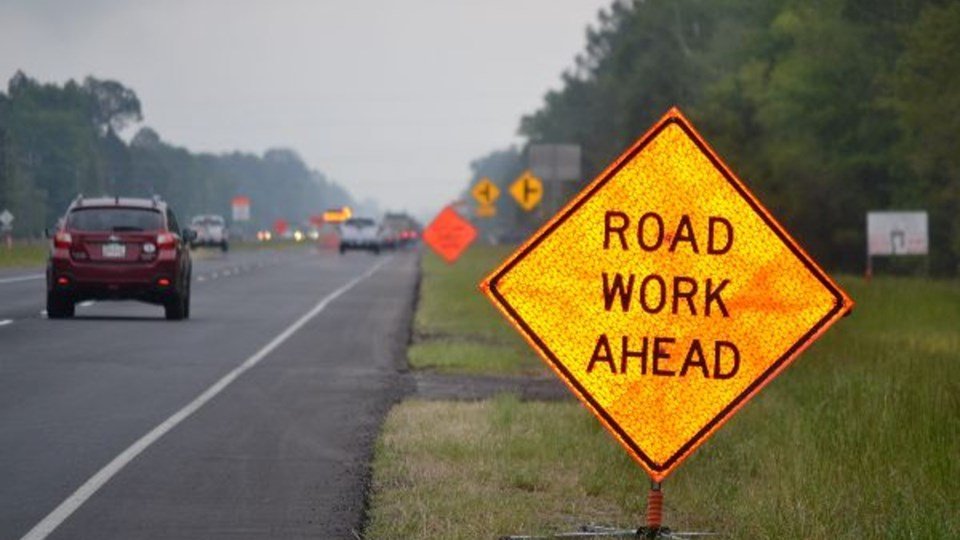(
Georgia Recorder
) — The decline of local news continues on the national level and here at home in Georgia. A new local journalism
report
from Rebuild Local News and Muck Rack reveals a 75% decline in local journalists across the country since 2002.
“The goals of this new report and project is to try to create a measure of journalists per population and an index that could be recreated each year down to the county level,” Rebuild Local Journalism Founder Steve Waldman said during a webinar Thursday. “The reason that we all felt that was important is that at the heart of the local news crisis is the lack of coverage and the lack of reporters in communities.”
The report, released on Thursday, found that the shortage of local journalists is both severe and widespread. This shortage is measured by a new metric called Local Journalist Equivalents (LJEs), which uses a formula to evaluate the strength of local journalism. LJEs were determined by outlet types, verifiable bylines and reporting capacity based on factors like publishing frequency. This data was then used to show nationwide trends and state-specific metrics.
In 2002, there was a national average of about 40 local journalists per 100,000 people. Today, that figure has dropped to an average of 8.2 Local Journalist Equivalents. Georgia’s average currently sits well below that number, landing Georgia at No. 46 on this year’s ranking.
With a statewide population of 11 million people, Georgia has an average of 5.8 Local Journalist Equivalents per 100,000 people. This average was significantly less than the No. 1 ranked state of Vermont, which has an average of 27.5. Nevada trailed four places behind Georgia, with the lowest-ranked average of 4.8 local journalists.
While the decline of local news is not a new phenomenon, the report confirms that rural areas are not the only communities underserved by local news. Many fast-growing areas, including Los Angeles and Las Vegas, also scored below the national average.
Richard T. Griffiths, a retired reporter and president emeritus of the Georgia First Amendment Foundation, said the continued decline of local journalism goes beyond local journalists.
“It’s not the industry that is the future casualty of this, it’s democracy itself,” Griffiths said. “If you have a populace that doesn’t understand what’s going on in its community because there are no reporters able to go to the meetings to figure out what’s going on, then you have a collapse of the institutions that underpin our society and our democracy.”
Griffiths cited waning advertising dollars and the rise of social media as notable factors behind the demise of local news. In a world of subscriptions and paywalls, Griffiths said he believes that the business model of local journalism needs to be re-evaluated. He points to nonprofit models like
The Current
on the Georgia coast and The
Macon Melody
as potential ways to revitalize local news.
While the new report may not identify clear-cut solutions, the creators behind the report hope their findings can help improve the viability and sustainability of local journalism.
“We think we made a real significant contribution here, and that this really gives a very meaningful picture of the sort of journalistic horsepower in counties across America and will help all of us to better understand both the crisis and how to solve it,” Waldman said.












